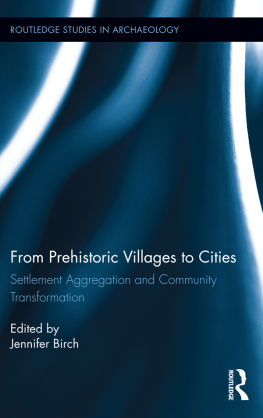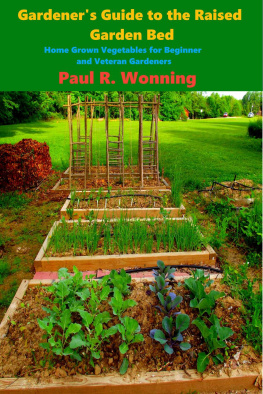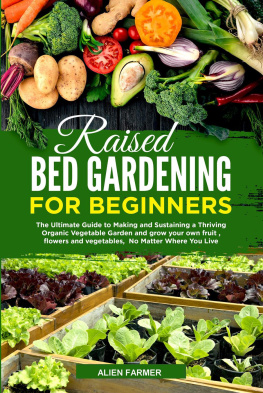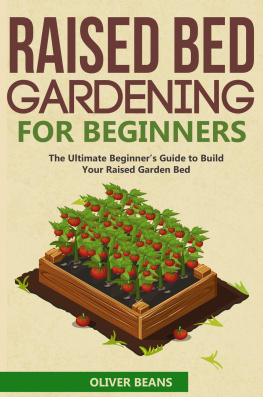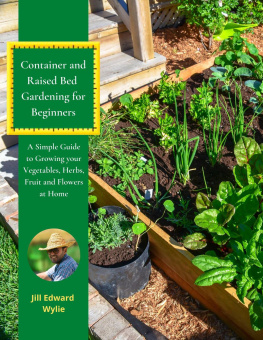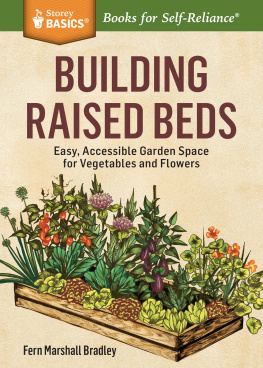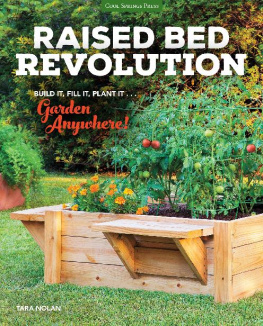Table of Contents
Chapter I: Raised Beds
Chapter II: Raised Bed Construction
Chapter IV: Additional Information and Resources
Chapter V: Lists of Figures and Tables
Note: We recommend reading this ebook on larger devices (Kindle, iPad, PC, etc.) or in your browser for easier viewing of images and diagrams. If you only have a small device (i.e, smartphone), you can also use the free Kindle reading apps from Amazon for reading this book on your computer (PC or Mac) or in your browser with Kindle Cloud Reader - Kindle not required.
Raised Bed Gardening: How to Build a Raised Garden Bed Plans and Examples Using Wood, Stone, Block and Other Materials
Copyright 2013 by Taylor Birch
Notice of Rights: All rights reserved. No part of this publication may be reproduced, altered, copied, distributed, stored in a retrieval system, or transmitted by any means electronic, mechanical, photographic (photocopying), recording, or otherwise without prior permission in writing from the author. This ebook is licensed for your personal use only. If you would like to share this book with another person, we would appreciate if you would please purchase an additional copy for each recipient. Thank you for respecting the hard work of this author. Trademarks: The trademarks, photos, website links, products and services mentioned in this ebook are copyrighted by their respective owners. Limits of Liability/Disclaimer of Warranty : This ebook is for informational purposes only. While every attempt has been made to verify the information provided in this publication, the author does not assume any responsibility for errors or omissions. This ebook has been distributed with the understanding that the author is not engaged in rendering technical, legal, medical, accounting or other professional advice. The author shall not be liable for any physical, psychological, emotional, financial, or commercial damages, including, but not limited to, special, incidental, consequential or other damages. Use of the instructions and suggestions is at your own risk. It is your responsibility to educate yourself on the us of use of equipment and safety gear and to make sure that your activities comply with all applicable laws. Thank you for your attention to this message.
Chapter I: Introduction
Section 1: What is a Raised Bed?
The simplest definition of a raised bed could be soil that is piled up above the ground level, but that level above the ground could be only about a foot. With an angle of repose of 30 - 45, dry soil can be piled up 1.2 - 2.0 feet high in the center of a four foot wide bed, but there would be no additional soil depth at the edge of the bed. shows dry soil piled on top of the ground at a 30 angle without containment.
When the soil is wet, it will slump down and spread outside of the bed area. So, to add more than a few inches of compost or soil above the surrounding ground level, it must be contained to keep it from spreading out.

Figure 1. Example of Soil Piled up at 30 Angle on top of the Ground.
Gardens have been grown for years without raised beds, so why go to all the trouble? Because there are many advantages of raised beds over traditional gardening.
Section 2: Advantages of Raised Bed Gardening
There are several real advantages of gardening in raised beds. Part of the appeal is to create an ordered look to the garden. Part of the advantages are creating ideal conditions for plants so they can be intensively managed to produce high yields in relatively small areas. The most appealing part to me is that it makes gardening easier. Raised beds also offer the ability to grow food or flowers in areas that would otherwise be unsuitable.
- Improves Conditions For Plants
- Increases Soil Depth
- Improves Soil Aeration
- Improves Soil Quality
- Prevents Soil from Compacting
- Longer Growing Season
- Higher Yields
- Bed Frames Support Trellises, Cold Frames, Covers and Irrigation
Less Work and Easier Access for the Gardener- Reduces Maintenance
- Can Work in Garden without Getting Dirty
- Access for Physically Impaired
- Bunnies Can't Jump
Ability to Garden on Unsuitable Sites- Can Grow on Sites without Soil
- Can Grow on Sites that are too Steep
- Can Grow where Concerned about Soil Contamination
Saves Water- Water only the Beds, Not the Pathways
- Deep, Compost Soil Holds Moisture
Improves Conditions For Plants
There are many different environmental factors that determine how well plants grow, but we can have the most positive effects on plants by improving the soil and controlling moisture. The construction of a raised bed automatically allows for deeper soils and for better drainage of wet soils. Soil aeration is improved as wet soils are drained. In Spring, the soil in a raised bed will warm faster than soil at or below ground level, so the growing season is slightly longer.
But just because soil is deeper and better drained does not automatically improve soil quality or improve yields. For this, we need to take the next step.
My Grandfather used to say "don't plant a $5 plant in a 50 cent hole". What he meant, was why spend $5 on a plant and then just stick it in the ground with little or now preparation for the plant's success. Same is true with raised bed gardening. Just because we build a raised bed doesn't automatically mean that we will have more vegetables than we know what do with.
To really improve the soil, we really need to use the Double Dig Method (see ). That means to dig down the depth of two shovels, or about two feet and mix peat moss and/or compost into the native soil. This will create light and well aerated soils with lots of natural nutrients.
Increases Soil Depth - Deep fertile soil that is not compacted is partially achieved by building a frame or wall to raise the soil above ground level. This is further achieved by digging down to improve the soil at least two feet deep.
Drains Soil - As long as the raised beds are not water tight, excess water will drain away, at least down to the ground level.
I'm sure you have heard the phrase "Plant as soon as soil is workable", but what does it mean? This is about the condition of the soil and not about a date on the calendar. The soil is beginning to warm and is not too wet. It is easy to turn over with a trowel or shovel and does not form clumps.
To test the soil, grab a handful of soil and squeeze it. If it crumbles, it's ready to work. If it sticks together in a ball, it is too wet and/or you have too much clay. Sandy soil and soil with lots of compost will always be ready to work before clay soils.
Allowing the soil to drain in the Spring allows the soil to be worked earlier. Adding compost, peat moss or even sand to clay soils also helps the soil to be worked earlier.
Note: Draining Soil is a double-edged sword.If a raised bed helps dry the soil in the Spring, it will also dry the soil during the Summer when you don't need it to be so dry. In climates that gets plenty of rain, this will not be a big problem. Where I live, we get only 13-15 inches of rainfall per year, so it is a problem. I have to irrigate everything if I want to grow anything besides sagebrush. I like the idea of building raised beds two feet deep, so soil can be kept deep and aerated without having to dig so far down into the ground, but it would take too much water to keep the beds watered during July and August. So my raised beds are at most, 12 inches above ground which seems to be a good balance for my climate.
Improves Soil Quality - The soil is improved because the raised bed creates vertical space to add compost and other organic matter to the garden soil. Decomposition can occur most quickly in soils that are both moist and aerated.
Next page



